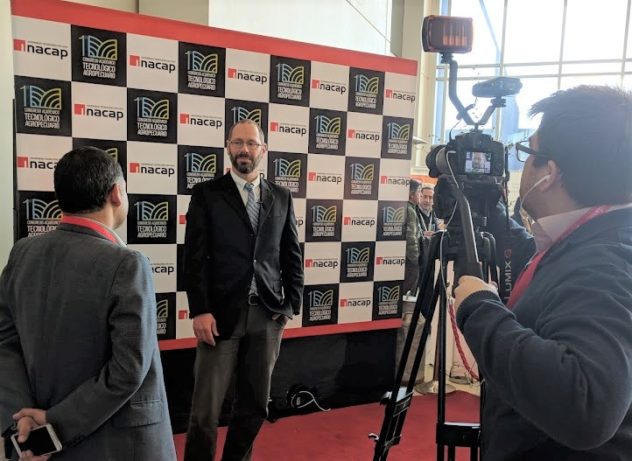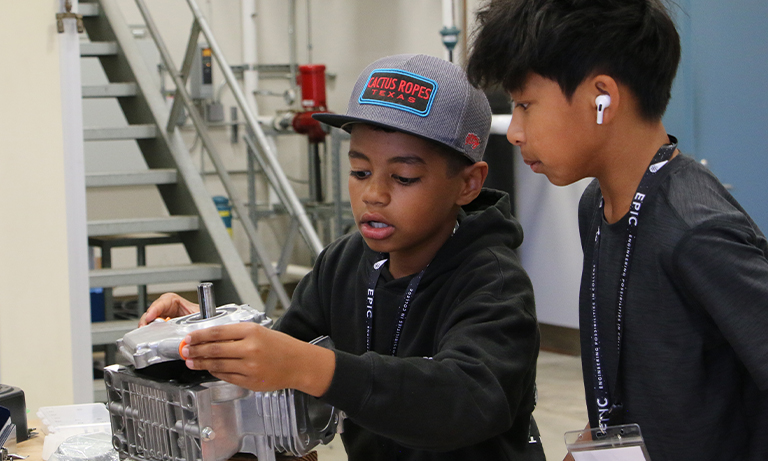By analyzing massive data collected from cattle, computer scientists hope to increase the amount of milk dairy cows can produce, said Chris Lupo, chair of the computer science and software engineering department.
“If we can produce the same milk with fewer cattle, this has less cost for the farmer and less environmental impact,” he said.
Lupo recently discussed this technology at the Academic Agricultural Technology Congress in Chile.
Dairy farming typically conjures images of dusty cattle ranchers driving pickup trucks, something Lupo addressed during the conference.
“Some of you might be wondering, ‘This is an agricultural conference in Chile,” Lupo told a crowd during his presentation. “What is a computer scientist from California doing here?”
While science has long improved agriculture – pasteurization, refrigeration and plant breeding come to mind – the inclusion of computer science is a more recent phenomenon.
“Agriculture has traditionally been a technology-starved industry, but that is rapidly changing as sensors and other data-gathering techniques become more affordable and available,” Lupo said. “When computing expertise is combined with domain expertise, amazing things can happen that can have global impact.”
One study Lupo co-authored explored the use of parallel computing to optimize genetic selection, thereby helping farmers breed the best milk-producing cows.
Parallel computing is a type of computation that carries out many calculations simultaneously. In collaboration with Cal Poly’s dairy science program, Lupo used this super computer-style processing to create a genetic selection model using data from half a million cattle.
“It worked,” he said. “We were able to speed up the computations to allow for more data to be analyzed.”
While greater milk production helps farmers and consumers, it could also lead to fewer cattle, which would help the environment. According to a United Nations report, cows produce greenhouse gases that contribute to global warming.
In January, 2017, there were more than 93.6 million head of cattle in the United States.
Humans are not likely to stop drinking milk – we’ve done so for about 7,500 years, according to the University College London – but more efficient cows can allow farmers to reduce the number of cows and, hence, emissions. And that’s just one way computing can contribute to agriculture.
“There are several intersections between computing and agriculture,” Lupo said. “These include automation, computer vision and machine learning, bioinformatics, and data analytics. These technologies are being used to address food safety and security, logistics and spoilage, effects of climate change, animal husbandry, and worker health.”

Chris Lupo with reporters during the Academic Agriculture Technology Congress in Chile.
Lupo’s visit was indirectly related to the Grand Challenges initiative with the College of Agriculture, Food and Environmental Sciences, which challenges students to work on solutions in partnerships with others to create sustainable, forward-thinking solutions. Grand challenges, which are pursued globally, are difficult but important problems identified by various institutions and professions to encourage solutions.
Future collaborations between CENG, CAFES and Chile are being considered, Lupo said.
Chile does have a Cal Poly connection: Antonio Walker, Chile’s minister of agriculture, graduated from Cal Poly in 1986 with a degree in crop science.


